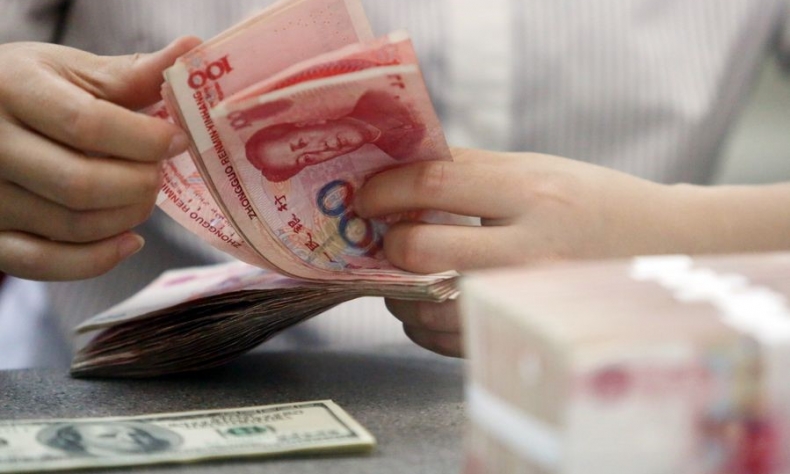Forex Data Proves Economic Resilience

China’s cross-border capital flows and foreign exchange market weathered severe tests in 2020, and showed stronger resilience and maturity on the whole.
China’s foreign exchange market managed to run smoothly in 2020, despite the disruptions caused by the novel coronavirus disease (COVID-19) pandemic and international complexities, maintaining an equilibrium of the balance of payments.
In the first quarter of 2020, panic over the COVID-19 outbreak prompted some foreign investors to exit China. However, after the government quickly brought the situation under control and economic activities resumed, international capital began to flow back to the Chinese market. Bolstered by a surge of international orders in the subsequent quarters, foreign exchange settlements and sales by banks showed high growth, with a surplus.
Statistics released by the State Administra-tion of Foreign Exchange (SAFE) on January 22 bear this out and show the resilience of the economy.
At the end of 2020, foreign exchange reserves reached more than $3.2 trillion, up by $108.6 billion over the same period a year earlier. Since the growth is mainly due to greater foreign investment and higher exports, it shows the bullish view of international capital on the Chinese economy, despite the pandemic and the China-U.S. trade frictions. This dispels the false rumors that foreign capital is flowing out of China.
At a time when business operations in many countries are still seriously disrupted, Chinese factories reopened swiftly and the Chinese economy began to pick up pace soon after the virus was contained at home. The complete industrial chain in China showed its capability to sustain supplies to the international commodity market.
Foreign exchange settlements and sales by banks also reflect the state of a country’s capital flows. In 2020, foreign exchange settlements and sales in U.S. dollar terms by Chinese banks exceeded $2.04 trillion and $1.89 trillion, respectively, with a surplus of more than $150 billion, indicating that capital inflows into the Chinese mainland remained positive.
Cross-border receipts and payments by non-banking sectors saw a deficit of $26 billion in the first quarter of 2020 due to the global financial market turbulence, but the trend was reversed in the second quarter. Particularly in December 2020, the surplus of foreign exchange settlements and sales by banks reached $66.6 billion, of which 91 percent came from the surplus under trade in goods.
The impact of the yuan exchange rate on the balance of payments was within reasonable range despite its phased appreciation. Though the shocks induced by COVID-19 made the Chinese economy contract to a growth rate of minus 6.8 percent in the first quarter, once the factories reopened, the economy began to rebound. It hit 3.2 percent in the second quarter, 4.9 percent in the third and 6.5 percent in the fourth.
Normally, the exchange rate also rises or falls with the economic performance. However, in 2020, the yuan exchange rate followed its own pace, inching up at the beginning of the year, then depreciating due to the COVID-19 outbreak, and appreciating again when the epidemic was controlled. Overall, the average central parity rate of the yuan against the U.S. dollar in 2020 stood at 6.89, on par with the rate in 2019.
In 2020, the one-year historical volatility of the yuan against the U.S. dollar was 4.2 percent, up by 0.4 percentage point over 2019. However, compared with other major currencies like the euro, Japanese yen and British pound, the exchange rate remained relatively stable thanks to the international market’s growing demand for the Chinese currency.
As SAFE spokesperson Wang Chunying said, China’s cross-border capital flows and foreign exchange market weathered severe tests in 2020, and showed stronger resilience and maturity on the whole.
 Facebook
Facebook
 Twitter
Twitter
 Linkedin
Linkedin
 Google +
Google +










